Snowy Owl Card Details
Set: European Expansion
Habitat: Grasslands/Wetlands
Food Cost: 2 Rats
Points: 4
Nest: Ground
Nest Capacity: 3
Power: When Played: Draw 1 new bonus card. Then draw one card or lay one egg on any bird.
Optimal Use of Snowy Owl in Wingspan
The cover bird for the Wingspan European Expansion has some interesting early game applications. This card won’t be in the middle of any heated debates regarding the best or worst cards in Wingspan because it’s fairly vanilla. It belongs to an archetype of cards that sought to diversify “bonus card birds” and what they did at the time.
The only way to acquire bonus cards in Core Wingspan was to play a bird with the white power “When Played: Draw two bonus cards. Keep one and discard the other.” In this Owl’s case, you are stuck with the one card you draw, so your whiff potential is higher with this version of the power, but that isn’t what this bird is all about.
Snowy Owl’s general qualities aren’t very impressive, but it’s When Played power offers some interesting flexibility for building out the foundation of your board. When played into the first column of the Grasslands or Wetlands, it can supply the egg needed to play the next bird into the second column without needing to take the Lay Eggs action.
This becomes a fairly interesting quality on the Oceania board, where the Grassland’s egg production is noticeably less effective in the earliest stages of the game.
Getting the Owl and a second bird down back-to-back opens up the third column and the option of generating a third egg with the appropriate resource. On the core mats, you just get the third egg which is even better.
This is easier to pull off early when playing with nectar, as you start with that extra wild food. This, in turn alleviates the issue with the Owl’s duplicate food cost of two rats and eliminates the need to spend a turn on the Gain Food action in order to get a second rat, if it’s even available.
It should also be noted that Snowy Owl has the flexibility of laying its egg on any bird. I’m not sure how often this will impact play, but it does give you control over that one egg with regard to round bonuses, which might be important if the Owl’s ground nest or the habitat it’s played in isn’t a factor in that particular moment.
Moving on, if you decide you don’t want an egg, you have the option of drawing a card instead. This allows the Owl to replace itself in your hand, generating a card advantage. You could use this opportunity to grab a choice card from the bird tray or draw blind from the deck if you’re feeling desperate or lucky, bypassing the Draw Cards action, scoring bird points (feather points), and expanding your egg capacity while doing so.
Snowy Owl’s ability to lay an egg or draw a card can equate to a saved action cube, which is pretty powerful when you think about it in the context of the first four turns of the game, where resources are at their least abundant and there could be better things to do than taking the Lay Eggs action for one or two eggs.
Assuming that you score at least three points off the drawn bonus card and you lay three eggs on the Owl, you’ve created ten points for an investment of two food which is pretty solid (see the 5/10/15 rule).
Fun Facts about the Snowy Owl Bird
Snowy Owls are one of the most well-known inhabitants of the open Arctic tundra.
Because of how cold it gets in the Arctic, Snowy Owls have a lot of feathers. This makes them one of the heaviest owl species in North America.
Their feet are covered with feathers which makes them look like they are wearing insulated boots.
They are typically found in the Northern circumpolar region. They are nomadic birds, following their prey.
Snowy Owl’s have a wingspan of 4-5 feet.
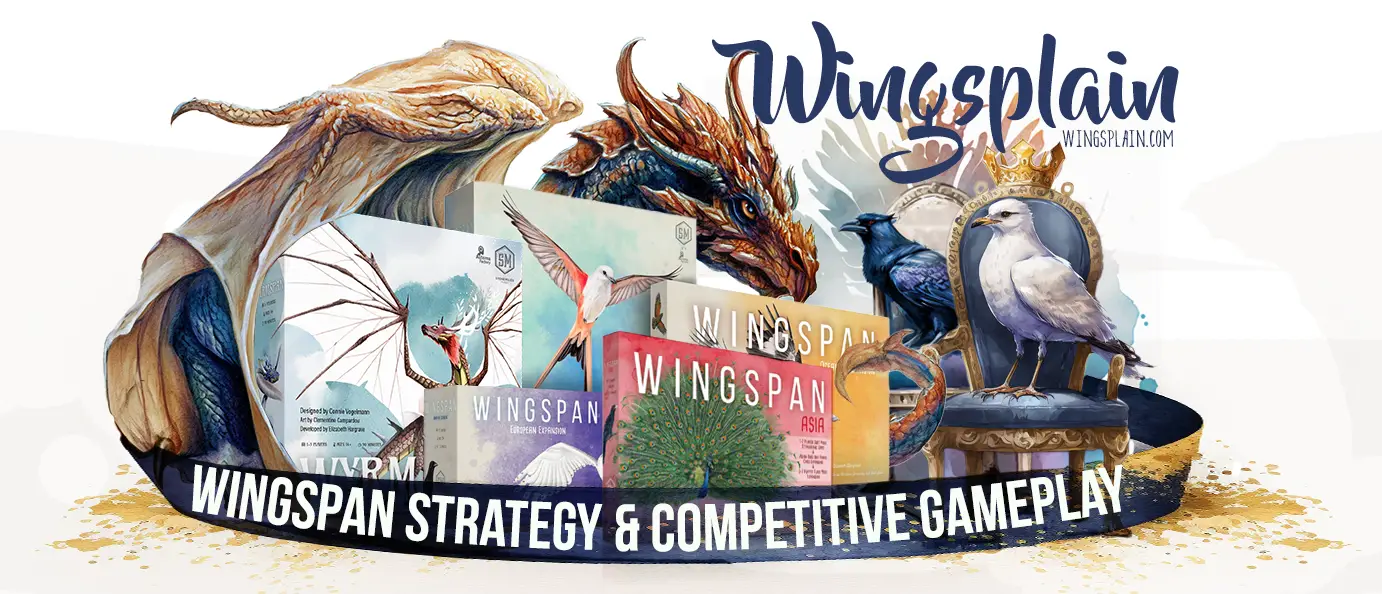
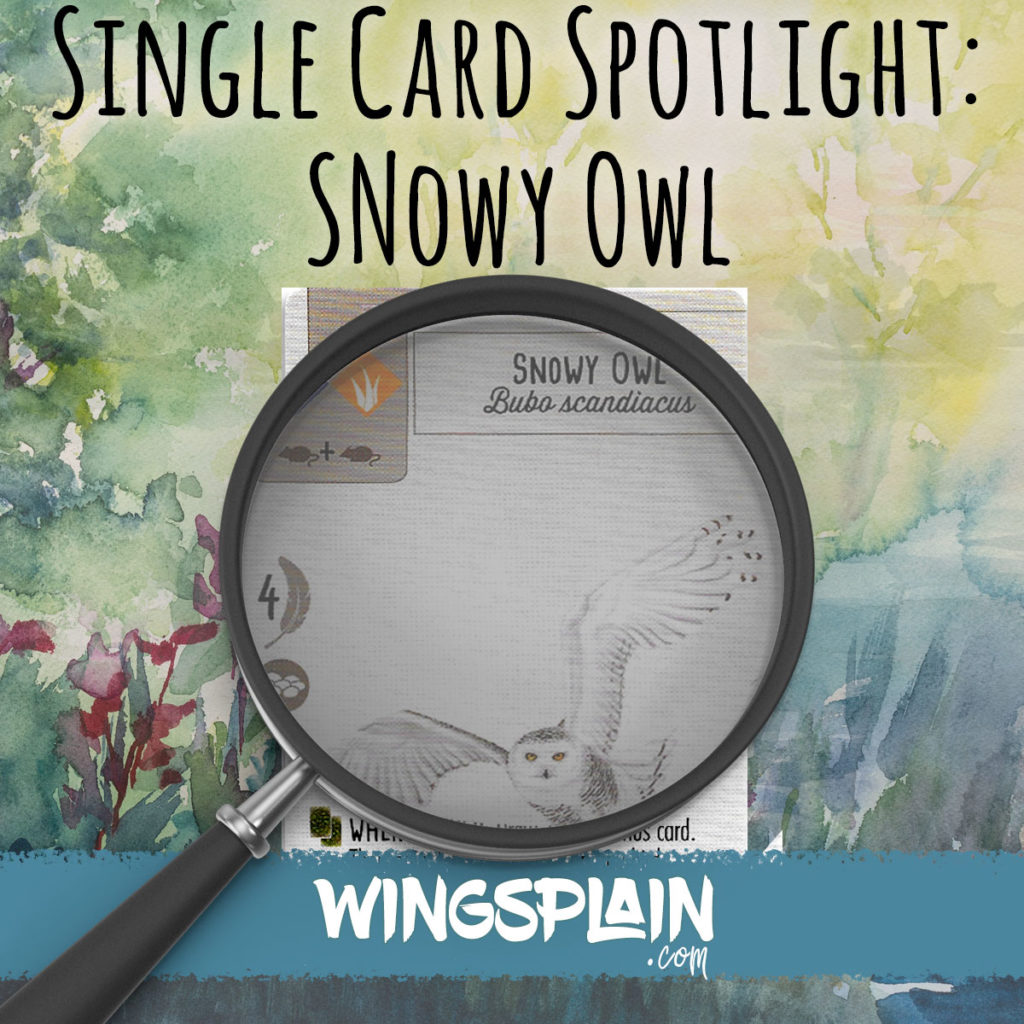
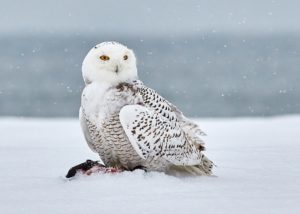
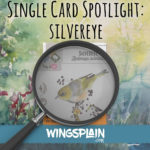
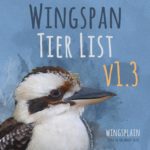
I like this card. I often try to collect a few extra Bonus cards if the options for combo’s or engines to collect points (stacking food, ditching cards etc) are low or not connecting.
The egg on return is nice one time combo to quick cast another bird. Especally in round one.